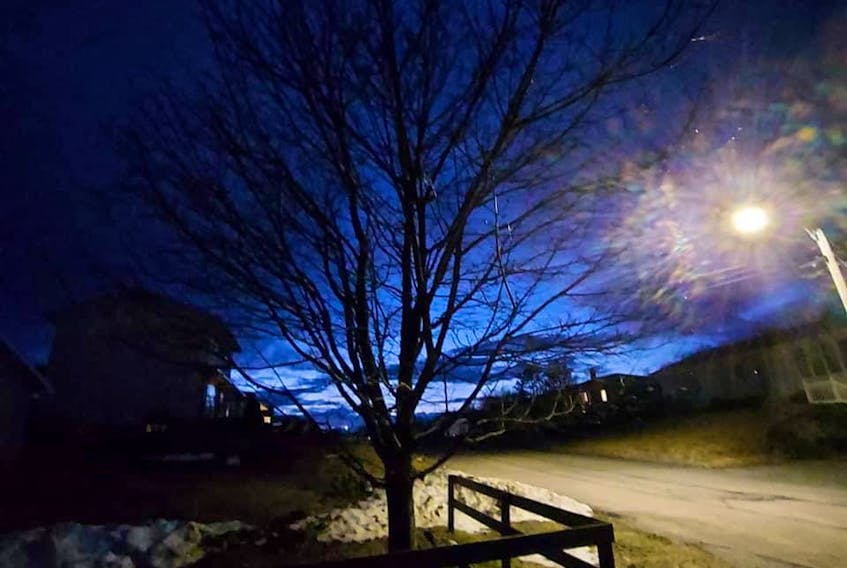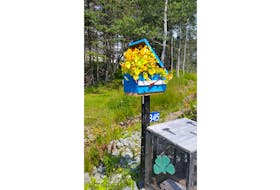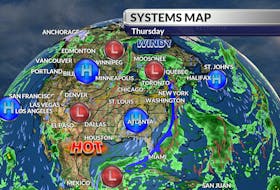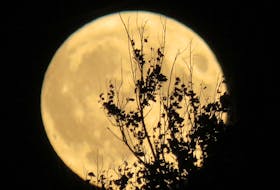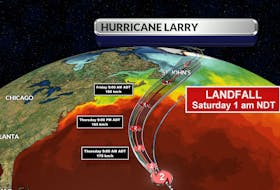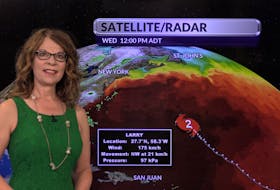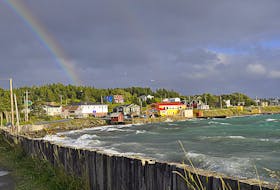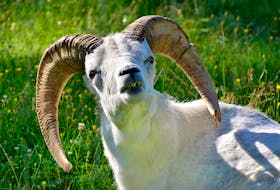The other day, while desperately trying to find pantyhose (some stores no longer carry them - a new COVID reality perhaps but that’s a story for another time), I overheard an interesting exchange. Two women were looking for Easter gifts for out-of-town family members. They were a little panicked about whether their parcels would indeed get to their destination in time for Easter.
One shopper to the other: "I always know when Valentine's Day is, I never miss the Christmas mailings deadlines, but this 'Easter thing' has to change. Why can’t they just pick a date?”
It was a welcome chuckle after a long day at the office.
“They” don’t pick a date for Easter Sunday - the moon does. Easter is a moveable feast; it is celebrated on the first Sunday following the Full Moon that occurs on or just after the spring equinox. Given these parameters, Easter is always celebrated on a Sunday between March 22 and April 25.
This year, the spring equinox took place last Saturday, March 20. The next full moon is tomorrow, the 28th; therefore, Easter Sunday is one week from tomorrow on April 4.
For the last 500 years (from 1600 to 2099 AD), it just so happens that Easter is most often celebrated on either March 31 or April 16.
A word about tomorrow’s full moon:
The full moon in March is known as the Full Worm Moon. It refers to the earthworms that appear as the soil warms in spring, inviting the return of robins. Some more northern tribes know this as the Full Crow Moon, when the cawing of crows signals the end of winter, or the Full Crust Moon, because the snow cover becomes crusted from thawing by day and freezing at night.
The Full Sap Moon, marking the time of tapping maple trees, is another variation and the sweetest of them all. All the best if you’re busy in the sugar bush these days.
- Want more weather information? Visit your weather page.
- Have a weather question, photo or drawing to share with Cindy Day? Email [email protected]
Cindy Day is the chief meteorologist for SaltWire Network

